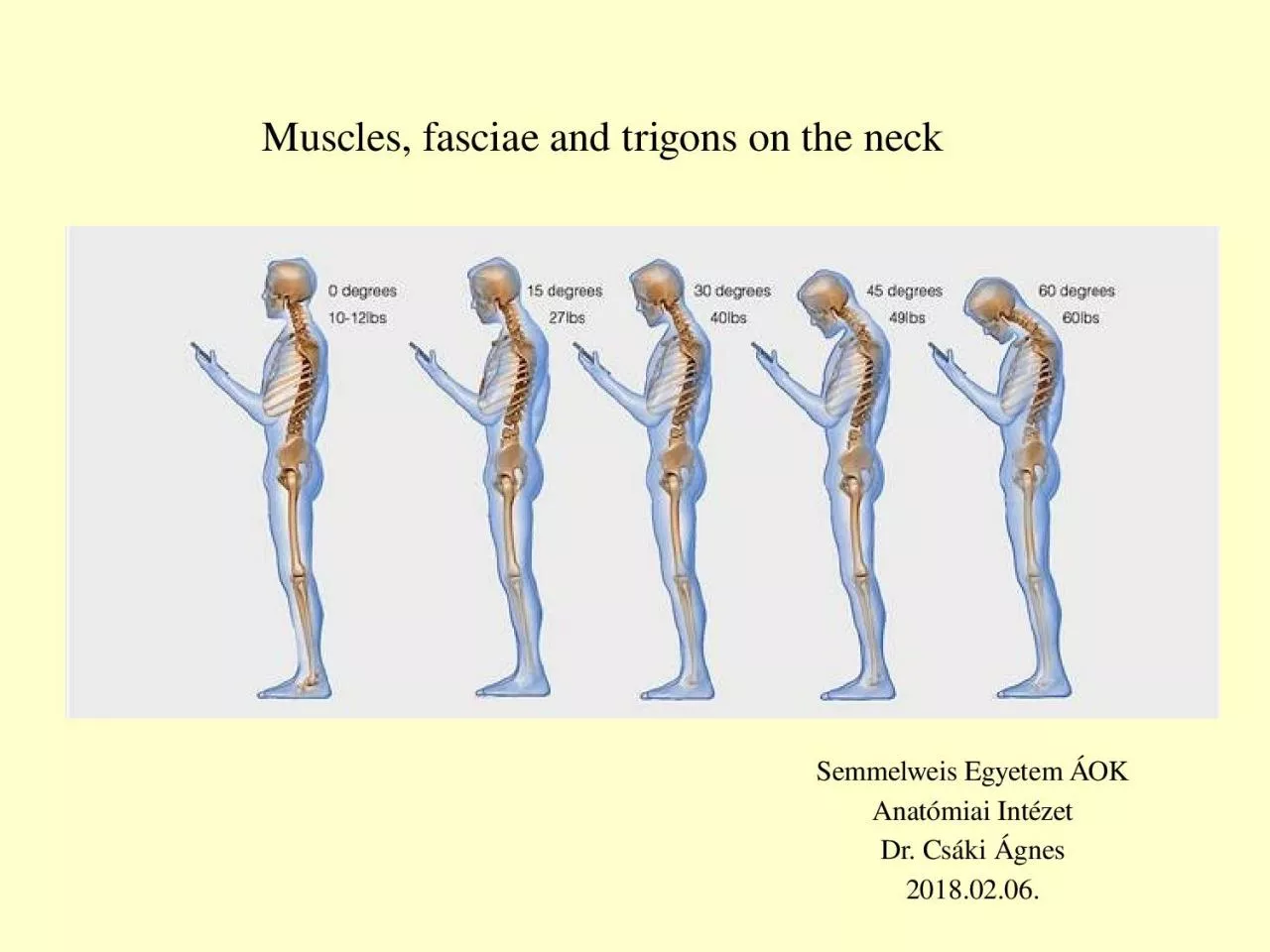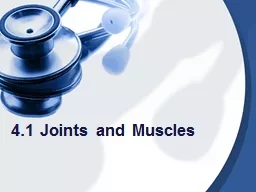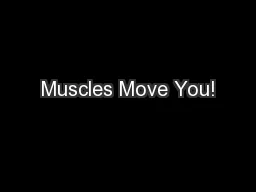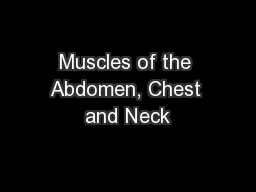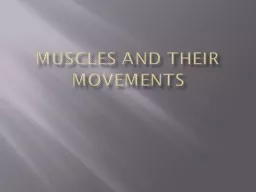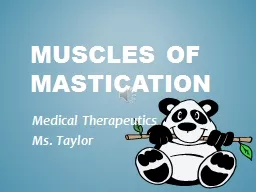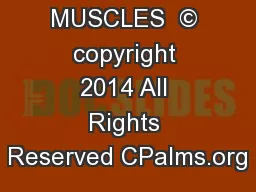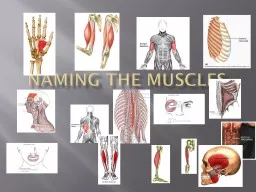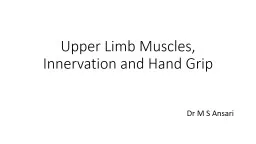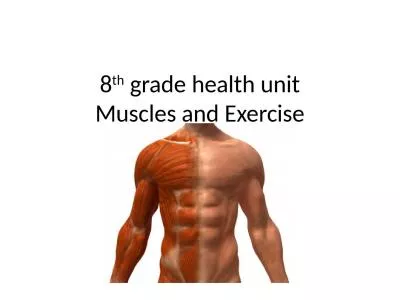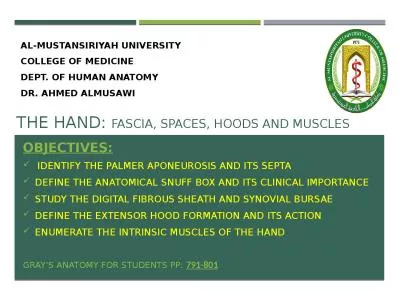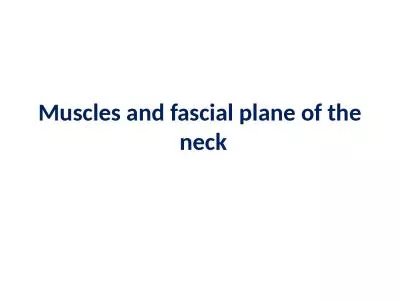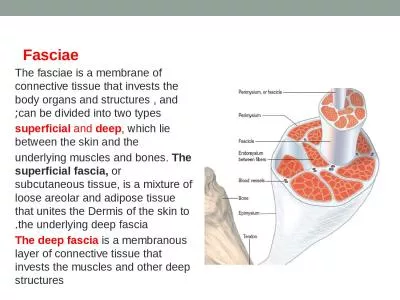PPT-Muscles , fasciae and
Author : finley | Published Date : 2024-01-29
trigons on the neck Semmelweis Egyetem ÁOK Anatómiai Intézet Dr Csáki Ágnes 20180206 Deep prevertebral muscles of the neck M longus colli M longus
Presentation Embed Code
Download Presentation
Download Presentation The PPT/PDF document "Muscles , fasciae and" is the property of its rightful owner. Permission is granted to download and print the materials on this website for personal, non-commercial use only, and to display it on your personal computer provided you do not modify the materials and that you retain all copyright notices contained in the materials. By downloading content from our website, you accept the terms of this agreement.
Muscles , fasciae and: Transcript
Download Rules Of Document
"Muscles , fasciae and"The content belongs to its owner. You may download and print it for personal use, without modification, and keep all copyright notices. By downloading, you agree to these terms.
Related Documents

